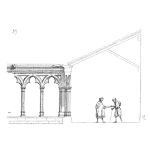
Guest Post by Peter Holtmann (first posted on CERM ® RISK INSIGHTS – reposted here with permission)
This article is the sixth of fourteen parts to our risk management series. The series will be taking a look at the risk management guidelines under the ISO 31000 Standard to help you better understand them and how they relate to your own risk management activities. In doing so, we’ll be walking through the core aspects of the Standard and giving you practical guidance on how to implement it.
In previous articles we’ve looked at the core elements of the risk management framework, as well as the role of leadership and commitment, integration, design and implementation more specifically. In this article, we’ll be looking at how to effectively evaluate your organisation’s risk management framework.
[Read more…]










